Are you looking for ways to safeguard your money from the adverse effects of inflation and recession? Investing in precious metals like gold, palladium, silver, and platinum is one of the most lucrative options in the world today. Investing in precious metals will not only protect your money but will also grow the funds in your retirement account. However, you need to find the right investment company to get the right result - this is why I recommend Augusta Precious Metals to anyone looking to open an Individual Retirement Account (IRA).

We earn a commission if you make a purchase, at no additional cost to you.
When it comes to precious metals investment, there are a few IRA options that investors should consider. Simple IRAs and SEP IRAs are two of the most popular retirement accounts for protecting wealth with precious metal investments. Both offer tax advantages and provide secure ways to save for retirement while diversifying portfolios with gold or silver coins, bars, rounds, or other approved forms of bullion. In this blog post, we will compare simple ira vs sep ira to determine which one is best suited for your financial needs when looking into adding physical assets like gold or silver to an existing portfolio. We'll also look at how you can set up an account with these types of investments so you can start building towards a more secure future today.
What is a SEP IRA?
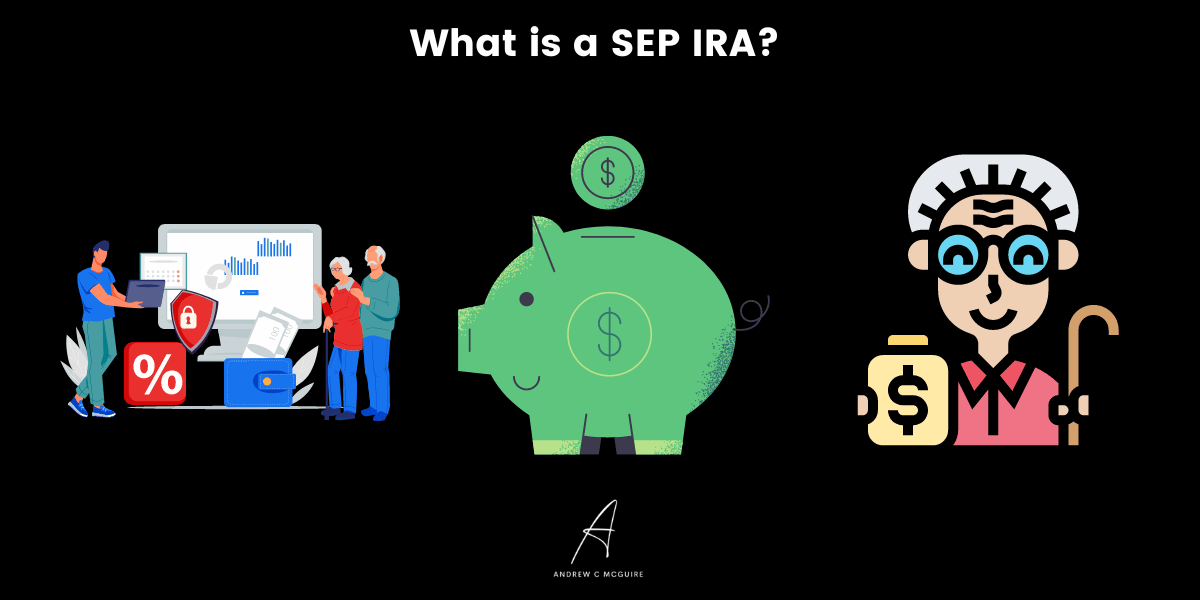
A Simplified Employee Pension Individual Retirement Account (SEP IRA) is a retirement account plan that allows employers to make contributions on behalf of individual employees. It’s an easy and cost-effective way for small business owners or self-employed individuals to save for retirement. With a SEP IRA, employers can contribute up to 25% of each employee’s salary into the account, up to $58,000 per year in 2023.
Definition of a SEP IRA
An SEP IRA is simply an employer-sponsored retirement plan that allows employers to make tax-deductible contributions on behalf of their employees. The contribution limits are higher than those allowed with other types of IRAs, such as Traditional IRAs and Roth IRAs.
Benefits of a SEP IRA
There are several benefits associated with setting up and contributing to a SEP IRA, including lower costs compared to other plans, flexibility in how much you can contribute each year, and tax advantages since contributions are made pre-tax which reduces your taxable income. Additionally, there are no filing requirements or annual reporting obligations when setting up or maintaining this type of plan, making it ideal for smaller businesses that may not have the resources available for more complex plans like 401(k)s or 403(b)s.
Contributions must be equal across all eligible employees unless they choose otherwise; however, any additional amounts contributed by one employee cannot exceed twice what was contributed by another employee within the same calendar year period without penalty fees being applied from the IRS.
A SEP IRA is a fantastic retirement savings option for those who are self-employed or own their own business, offering tax advantages and flexible contribution limits. Now let's compare the Simple and SEP IRAs to see which plan may be best suited for your investment goals.
Comparing Simple and SEP IRAs
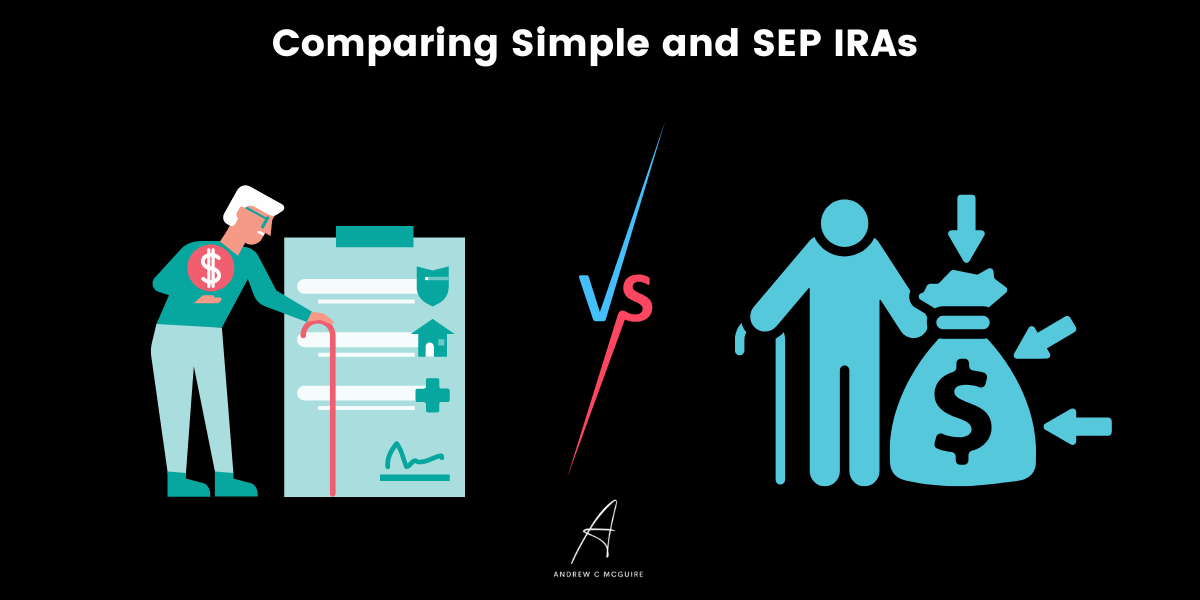
When it comes to retirement savings, two of the most popular options are Simple and SEP IRAs. Both plans offer tax advantages that can help you save for your future while minimizing your current taxes. It’s key to understand the differences between these two types of accounts so you can make a conscious decision about which one is right for you.
1
Eligibility Requirements
A Simple IRA is available to any employer with fewer than 100 employees who have not offered another type of retirement plan in the past year. A SEP IRA is available to any employer regardless of size or prior retirement plan offerings, but employers must contribute a set percentage (up to 25%) on behalf of their eligible employees.
2
Tax Advantages
With both plans, contributions are made pre-tax and grow tax-deferred until withdrawal at retirement age, when they will be taxed as ordinary income. Contributions made by employers into a SEP IRA are also deductible from business income taxes up to certain limits set by the IRS each year.
Comparing Simple and SEP IRAs can help investors determine which plan best suits their needs. It is important to understand the eligibility requirements, tax advantages, and investment options for both plans before making a decision. Next, we will look at investing in precious metals through an IRA account.
Precious Metals in an IRA Account
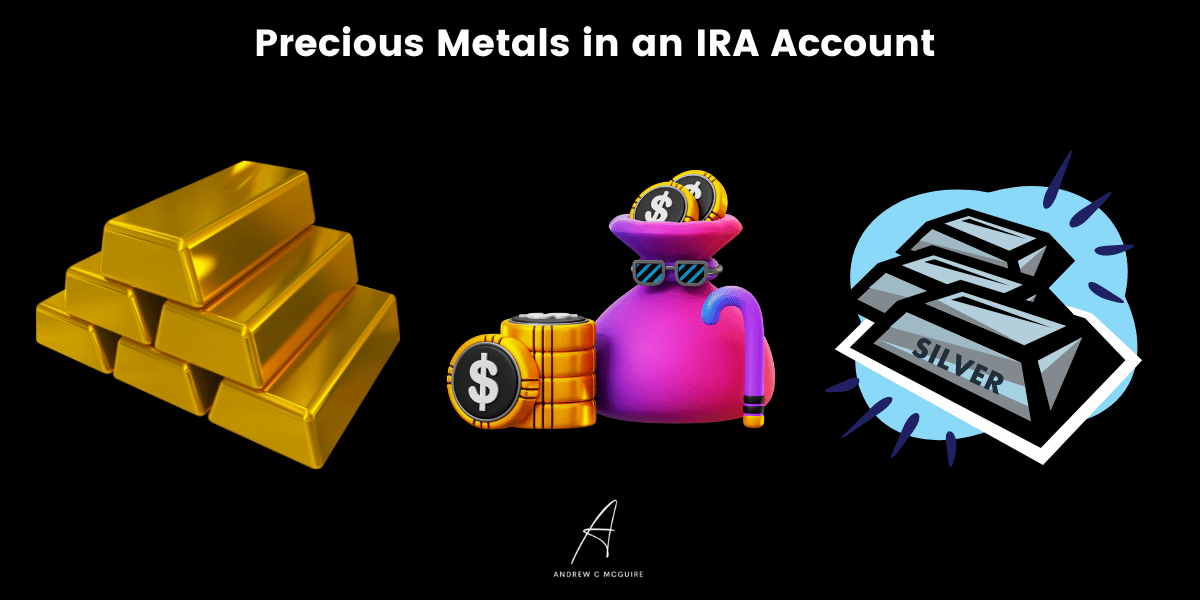
Precious metals are an effective way to diversify and protect your retirement savings. Investing in precious metals via an IRA account can help you hedge against market volatility, inflation, and other economic uncertainties.
Types of Precious Metals Allowed in an IRA Account
An individual retirement account (IRA) allows individual investors to hold physical gold, silver, platinum, and palladium as part of their retirement portfolio. Gold is the most popular choice for investing in precious metals due to its historical value and stability. Silver is also a common option because it’s more affordable than gold but still offers some protection from inflation. Platinum and palladium are less commonly used for investment purposes but may be appropriate for certain portfolios depending on the investor’s goals.
Advantages of Investing in Precious Metals through An IRA
One major advantage of investing in precious metals through an IRA account is that all profits from these investments are tax-deferred until withdrawal at retirement age or earlier if needed. Additionally, since the metal itself is held by a custodian rather than owned directly by the investor, there are no storage costs associated with owning physical gold or silver within an IRA account as there would be outside one. Finally, many investors find comfort in knowing that they have tangible assets stored away safely, which can provide them with financial security during times of uncertainty or crisis situations such as those seen recently with the Covid-19 pandemic markets crashes across multiple industries worldwide
Investing in precious metals via an IRA account can be a fantastic way to diversify your portfolio and protect your wealth. Next, let's look at how to set up an IRA with precious metals investments.
How to Set Up an IRA with Precious Metals Investments?
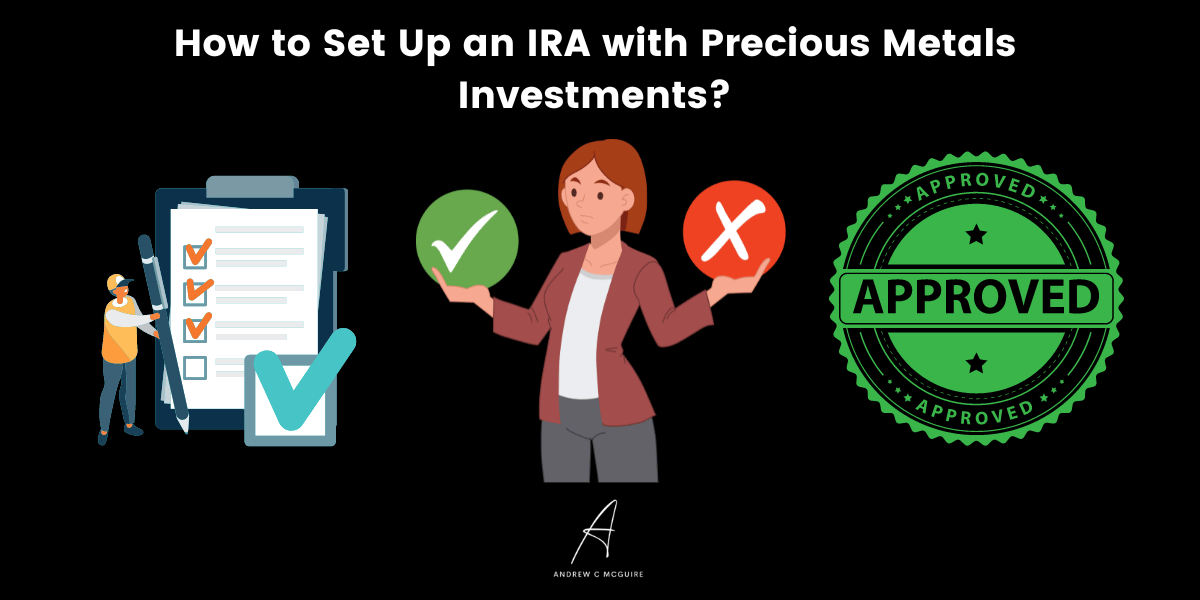
Precious metals, such as gold, can be held in an IRA account for long-term growth potential. Here are four simple steps you need to take to set up an IRA with precious metals investments:
Step 1
Choose a custodian or trustee that specializes in self-directed IRAs. You will need to open a new account with them and transfer funds from another existing retirement plan into it. Make sure they offer the types of precious metal coins or bars you want to invest in.
Step 2
Select the type of IRA you want – either Traditional or Roth – depending on your tax situation and investment goals. With both options, contributions may be made pre-tax (Traditional) or post-tax (Roth). Your custodian should provide guidance on which option is best for you based on your individual circumstances.
Step 3
Purchase approved precious metal coins or bars through your custodian’s network of dealers at competitive prices. The most common types of bullion accepted by custodians include American Eagle Gold Coins, Canadian Maple Leaf Gold Coins, American Buffalo Gold Coins, South African Krugerrand Gold Coins, and Austrian Philharmonic Silver Coins, among others.
Step 4
Store the physical assets securely within IRS-approved depository facilities until withdrawal time comes around; this is typically done free of charge by many custodians, but make sure before signing any contracts. Additionally, some companies allow storage outside US borders if desired, so check what services are available when selecting a provider.
Pros & Cons Of Setting Up An IRA With Precious Metals Investments
There are several advantages associated with investing in precious metals through an IRA, including greater control over asset allocation decisions, protection against inflationary risks, diversification benefits, tax deferral opportunities, etc. On the other hand, there are a few drawbacks, such as high setup costs compared to traditional accounts, limited liquidity due to holding periods being imposed by law, additional fees charged by trustees/custodians, etc. Therefore it's important that investors weigh all these factors carefully before making their decision.
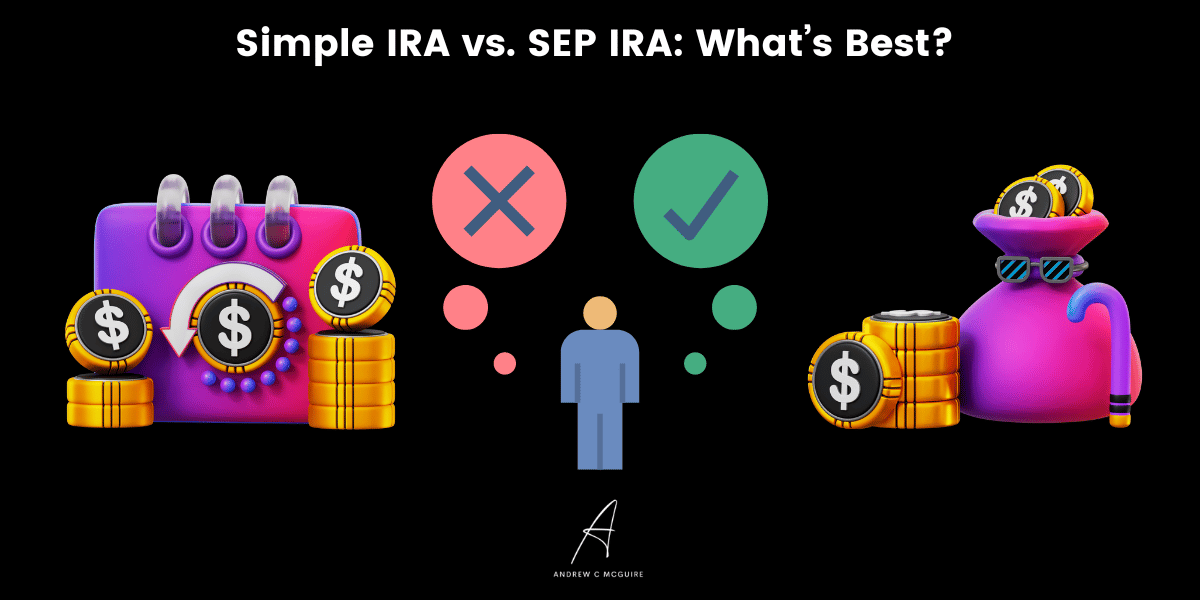
Conclusion
In conclusion, when it comes to choosing between a Simple IRA and SEP IRA for investing in precious metals, both have their advantages and disadvantages. A Simple IRA is more accessible for smaller businesses and individuals with lower incomes, while a SEP IRA offers greater flexibility in terms of contribution limits. Ultimately, the decision largely depends on your individual financial goals and objectives. Regardless of which type of account you choose, adding precious metals investments to an IRA can help protect your wealth from market volatility while providing potential tax benefits. With the right research and guidance from a qualified professional advisor or custodian, setting up an account with precious metal investments is relatively straightforward.
FAQs
The Barron's Pick

Augusta Precious Metals is the most trusted gold IRA company
